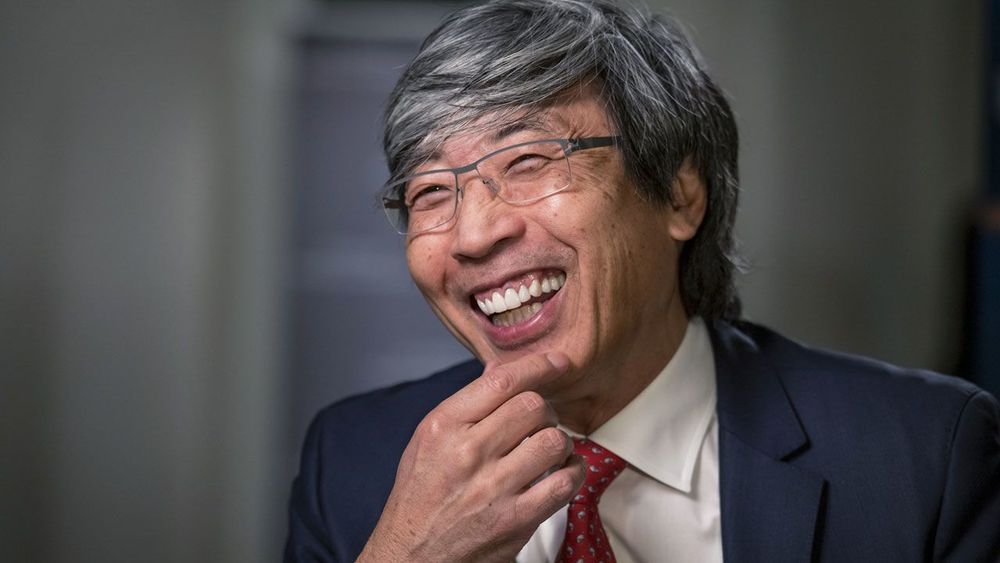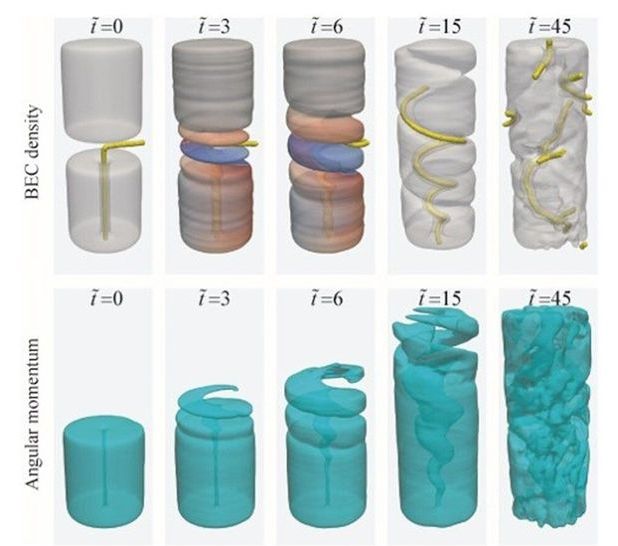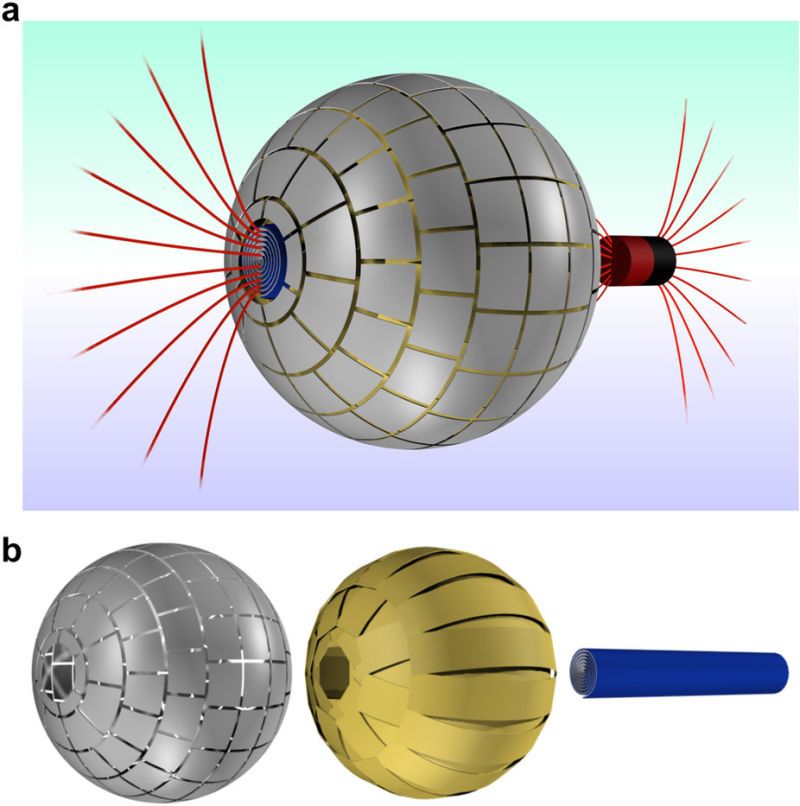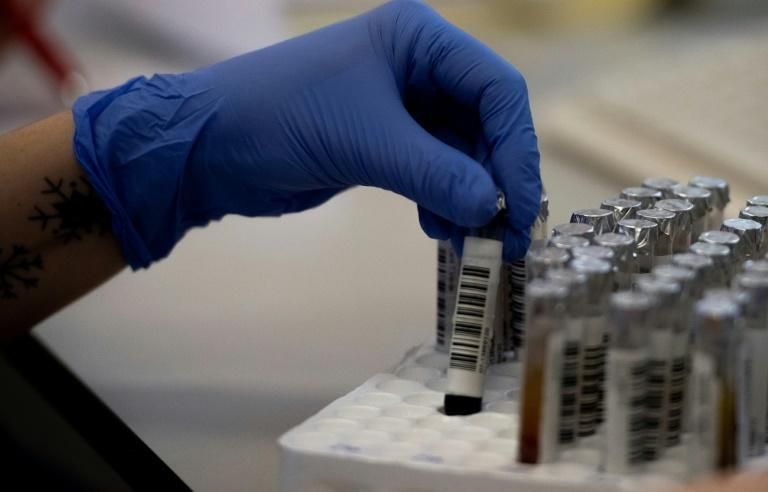You can watch this video at https://koreanow.com
With North Korean leader Kim Jong-un pulling back out his nuclear card for the first time since 2018, a very natural and perhaps even urgent question is, what next? There are signs that the North is getting closer to unveiling its strategic weapon promised by Kim at the end of last year. But with the U.S. constrained and South Korea committed to global sanctions, there’s no sign of a dialogue breakthrough. We could be about to witness Pyongyang’s new way.
Related articles:
https://en.yna.co.kr/view/AEN20200525004000325?section=national/diplomacy
https://en.yna.co.kr/view/AEN20200525000700325?section=nk/nk




